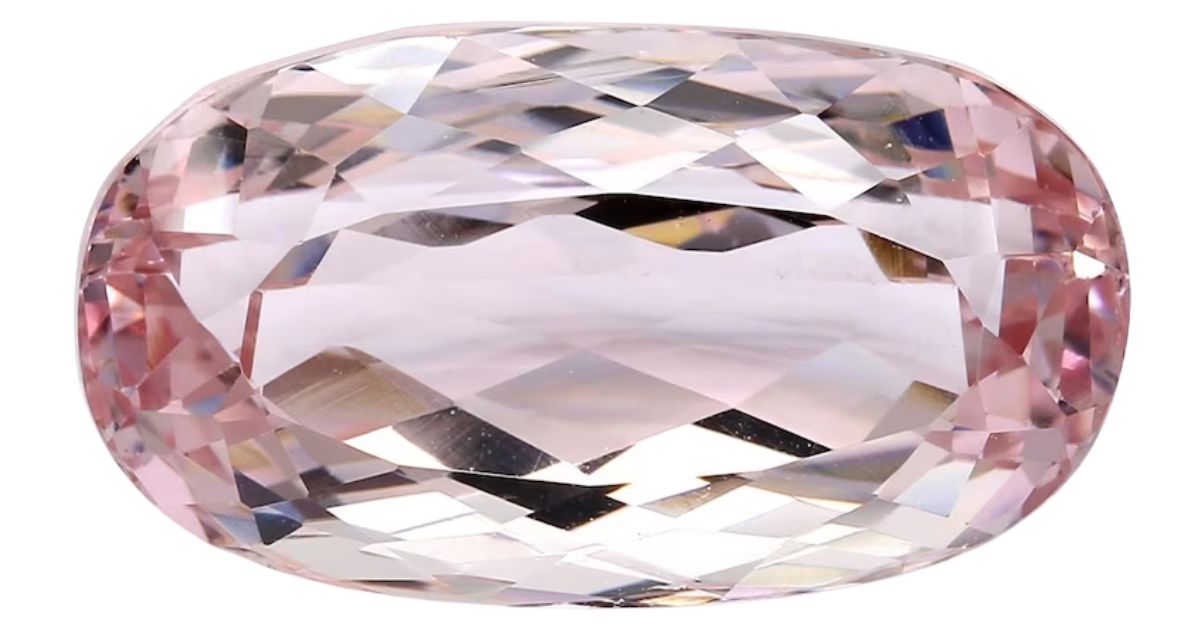Beryl is one of the most fascinating and diverse minerals found on Earth. It comes in several amazing forms, including the vibrant emerald, the serene aquamarine, and the intriguing maxixe, each a wonderful example of the different types of beryl.
This mineral is not just pretty to look at; it plays a significant role in various industries. Beryl is used in the manufacturing of electronics for its beryllium content, admired in the jewelry world for its beauty, and even finds its place in the construction field.
Let’s explore the diverse types of beryl and their unique characteristics. Each variety of beryl has a special story to tell, with distinct colors and qualities that make it stand out.
The 8 Different Types Of Beryl And What They Look Like
Beryl forms in a variety of geological settings, from granite pegmatites to metamorphic rocks, contributing to its remarkable diversity. These environments provide the perfect conditions for beryl crystals to grow and develop their unique properties.
The wide range of colors seen in different beryl varieties is due to trace elements and impurities within the crystal structure. These small additions can dramatically change the appearance of beryl, resulting in a spectrum of stunning and vibrant colors.
Emerald
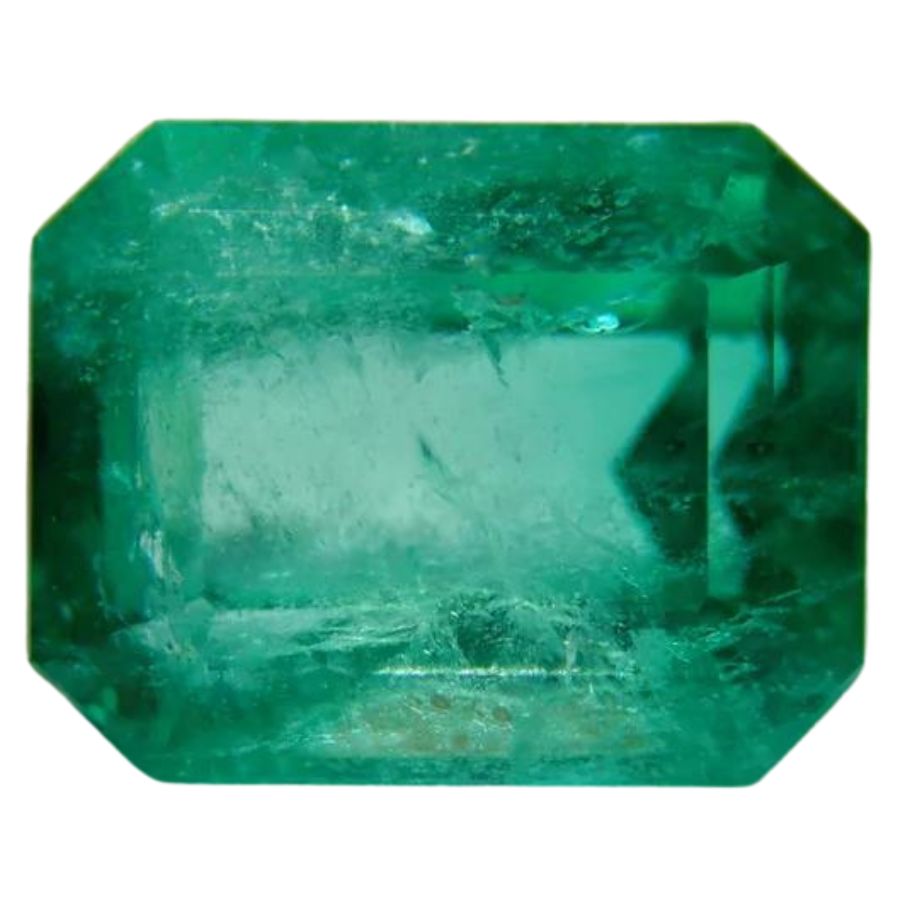
Emerald is a captivating variety of beryl, composed of elements like beryllium, aluminum, silicon, and oxygen, with traces of chromium and sometimes vanadium.
These elements come together in a unique way to create the emerald’s distinctive characteristics.
This gemstone is renowned for its lush, deep green color, which can range from a lighter, more vibrant green to a rich, darker shade. This variation in color is primarily due to the amounts and types of chromium and vanadium in the mineral.
Emeralds are particularly known for their inclusions and internal fractures, often referred to as the “jardin,” which is French for garden.
These inclusions are not just flaws; they add character to each stone and are a natural part of the emerald’s formation process, making each one distinct.
Where you can find emerald
Emeralds are found in Colombia, which is famous for its high-quality emeralds, and Zambia, known for producing large quantities. Other notable locations include Brazil, Zimbabwe, and the United States, specifically in North Carolina.
If you’re interested in discovering more about rockhounding, check out our tips on where to go rockhounding and how to start your own adventure in searching for gems and minerals.
DON'T MISS OUT ON ANY GREAT FINDS!
While you're out searching you're going to find A LOT of other interesting rocks and minerals along the way. The last thing you want to do is toss out something really interesting or valuable. It can be easy to misidentify things without a little guidance.
You absolutely need a good reference guide in order to understand what you're looking at!
We've put together a fantastic field guide that makes identifying 140 of the most interesting and valuable rocks and minerals you will find REALLY EASY. It's simple to use, really durable, and will allow you to identify just about any rock and mineral you come across. Make sure you bring it along on your hunt!
Now, back to the identification specifics:
Aquamarine

Aquamarine is a beautiful variety of beryl, known for its composition that includes elements like beryllium, aluminum, silicon, and oxygen. The presence of iron in its structure gives aquamarine its captivating color.
This gemstone is cherished for its stunning range of blue colors, from the lightest sky blue to deeper sea blue hues. The intensity of the blue color in aquamarine is typically due to the amount of iron present, which can vary.
One distinct feature of aquamarine is its clarity, as it often has fewer inclusions compared to other gemstones. This clarity, combined with its blue color, evokes the tranquility and clarity of tropical ocean waters.
When thinking about how much aquamarine is worth, it’s important to remember that each type of beryl, including heliodor, has its own unique value in the gem market.
Where you can find aquamarine
Aquamarine can be found in various parts of the world, with Brazil being one of the most notable sources, especially the famous mines in Minas Gerais.
Other countries where aquamarine is found include Nigeria, Madagascar, Zambia, Pakistan, and the United States, particularly in Colorado and North Carolina.
Morganite
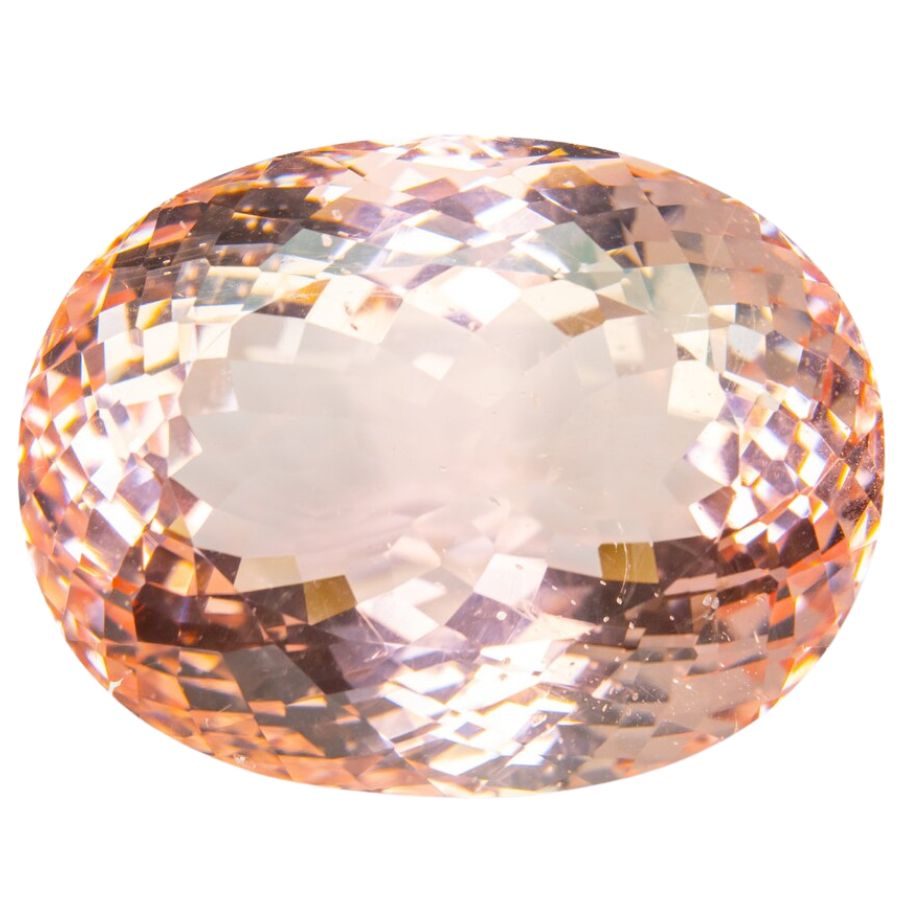
Morganite is a captivating pink gemstone. It’s composed of elements such as beryllium, aluminum, silicon, and oxygen, with traces of manganese giving it a pink hue.
This gemstone displays a range of pink colors, from soft pale pinks to vibrant salmon hues. The intensity and shade of pink in morganite largely depend on the amount of manganese present in the crystal structure.
Morganite is particularly appreciated for its transparency and high degree of clarity. These characteristics, combined with its soft pink color, make morganite a unique and attractive choice among the different kinds of beryl.
Where you can find morganite
There are significant deposits of morganite in countries like Brazil, Madagascar, and Afghanistan. In the United States, California and Maine are known for having notable morganite occurrences.
Heliodor
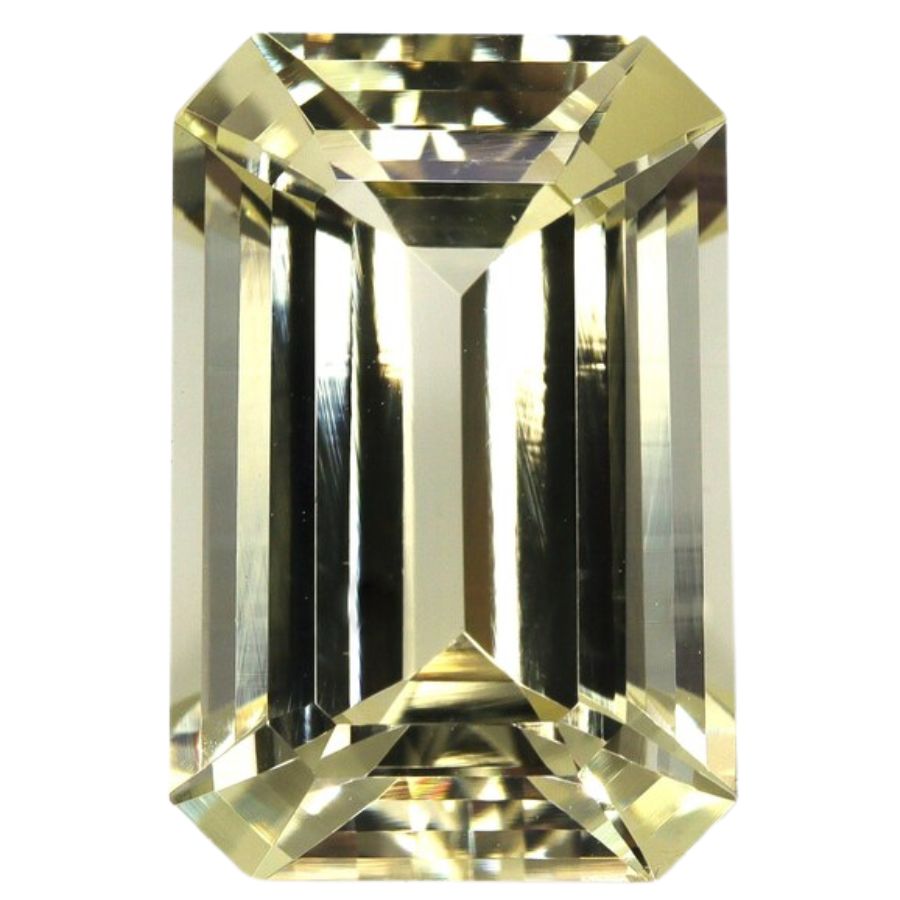
Heliodor is a striking variety of beryl, known for its composition of elements like beryllium, aluminum, silicon, and oxygen. The presence of iron in heliodor gives it its distinctive color.
In appearance, heliodor ranges from a pale yellow to a deep golden hue, reminiscent of sunlight. The specific shade of yellow or gold in heliodor is influenced by the amount of iron present in the crystal structure.
A notable feature of heliodor is its clarity and the way it interacts with light, often exhibiting a bright, sunny glow. This gemstone is appreciated for these qualities, which make it stand out among other yellow gemstones.
Where you can find heliodor
Heliodor can be found in Brazil, Madagascar, Ukraine, and Namibia, where significant deposits have been discovered.
Goshenite
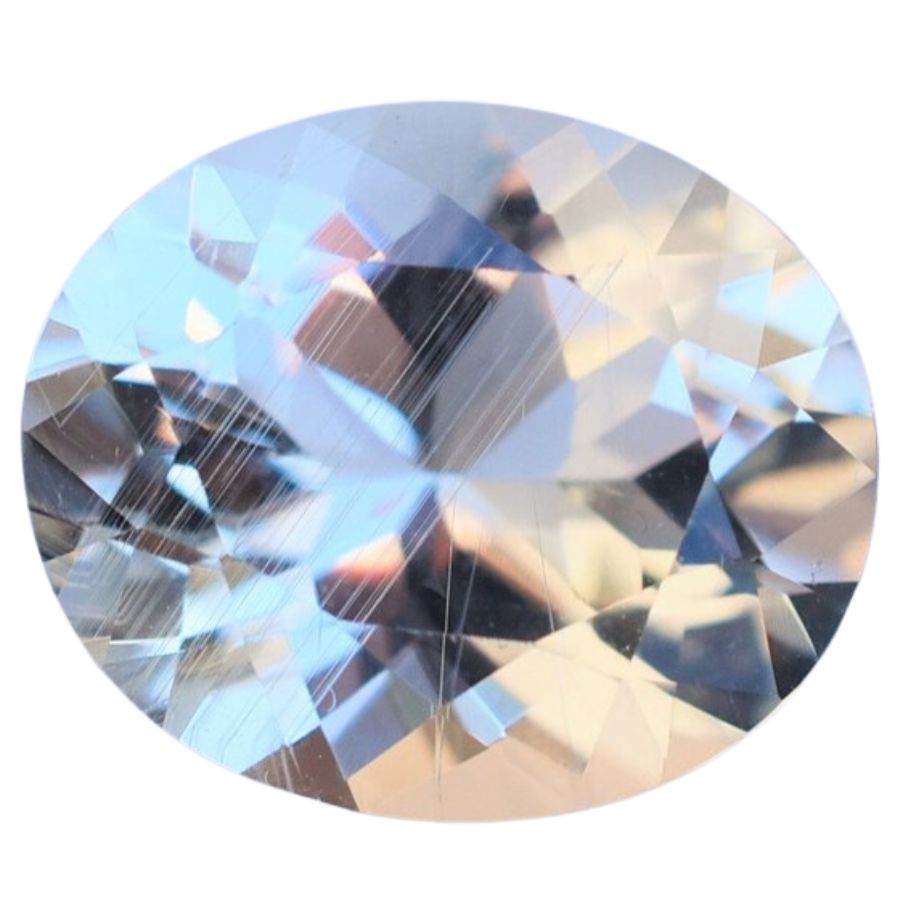
Goshenite is the purest form of beryl, composed of elements such as beryllium, aluminum, silicon, and oxygen. It stands out in the beryl family for its lack of color-impacting impurities.
What makes goshenite distinct is its complete transparency and colorlessness, resembling glass. Unlike other beryls, goshenite doesn’t contain the trace elements that give gems like emeralds or aquamarines their vibrant colors.
A unique aspect of goshenite is its versatility in various applications due to its clarity. It can be used as a gemstone in its own right or as a lens in optical instruments, showcasing the diverse uses of minerals in both beauty and function.
Where you can find goshenite
Goshenite can be found in Brazil, Madagascar, and the United States, particularly in California and Maine. Other countries like Russia and Canada also have occurrences of this clear beryl variety.
For those curious about the process of unearthing these beautiful crystals, our crystal mining article offers great insights. It covers various aspects of mining for crystals, including how and where you can participate in this exciting activity.
Red Beryl
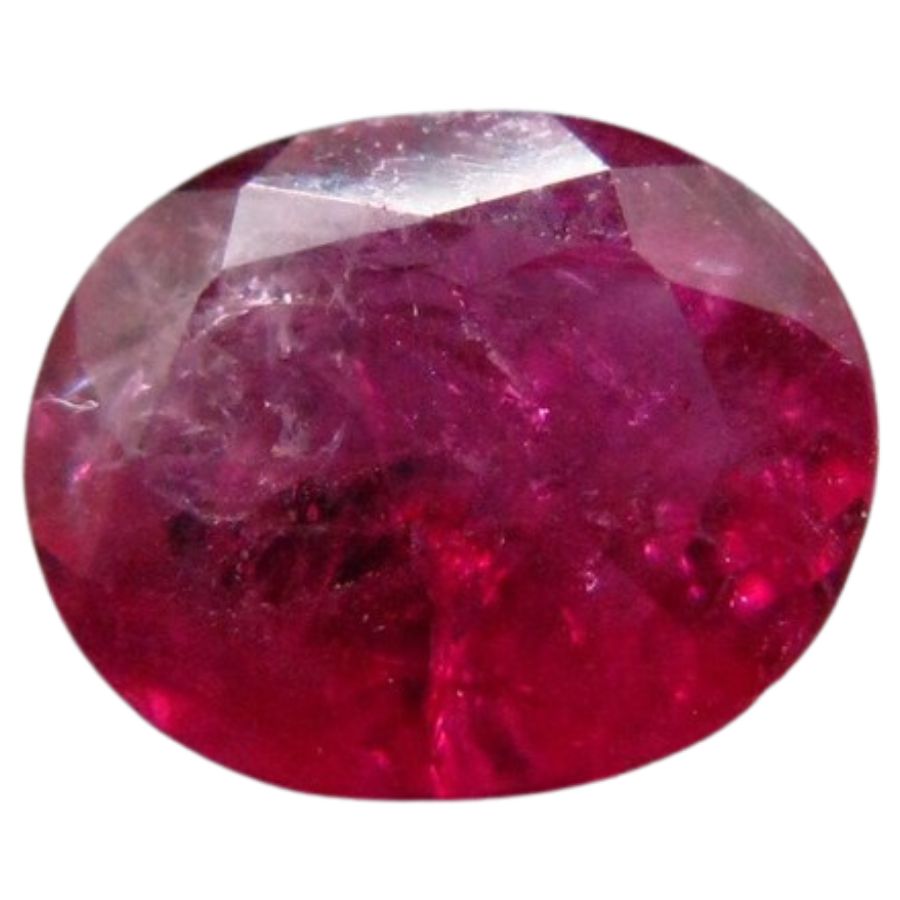
Red beryl, previously known as bixbite, is a rare and fascinating variety of beryl. It’s composed of elements like beryllium, aluminum, silicon, and oxygen, with the addition of manganese giving it its distinctive red color.
This gemstone is known for its striking, vibrant red hue, which ranges from a raspberry to a rich ruby color. The depth and intensity of red in red beryl depend on the amount of manganese present in the crystal.
One of the most remarkable features of red beryl is its rarity, making it a highly sought-after gemstone among collectors.
Where you can find red beryl
Red beryl is primarily found in the United States. The most significant deposits are located in the Wah Wah Mountains of Utah.
Green Beryl
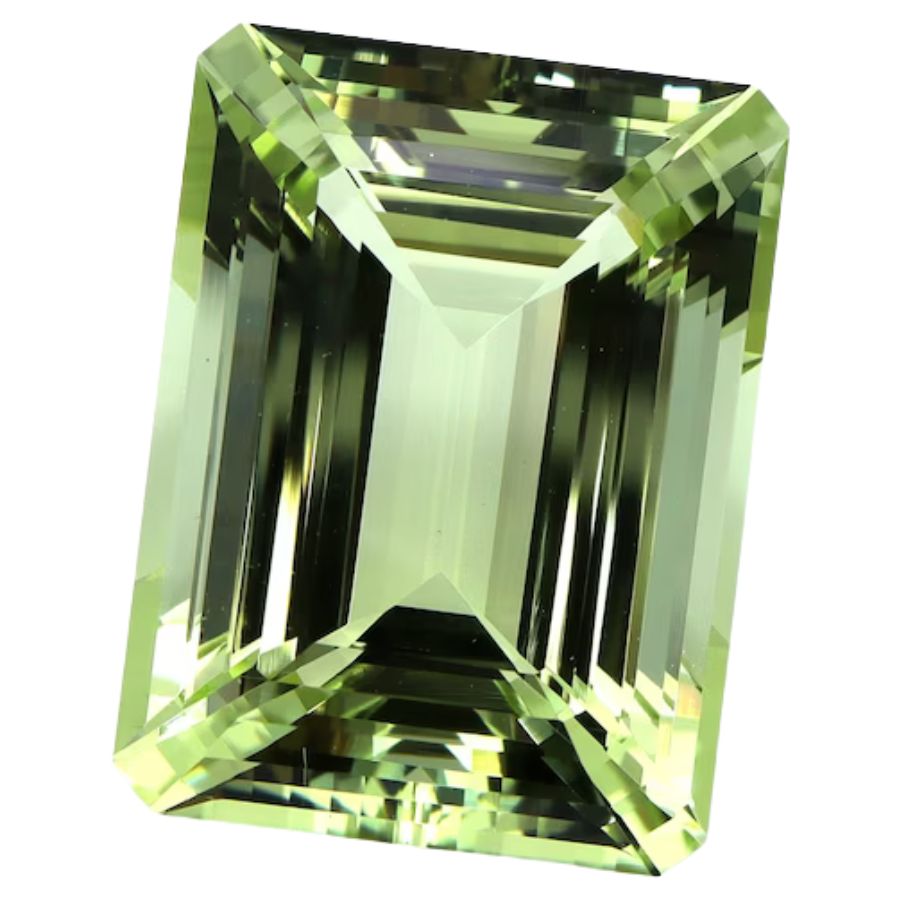
Green beryl is a fascinating variety of beryl, composed of elements like beryllium, aluminum, silicon, and oxygen. Unlike its more famous cousin, the emerald, green beryl is much lighter in color and has less intensity.
In terms of what beryl looks like, green beryl displays a range of light to medium green colors. The color is typically less intense than that of emeralds, due to lower concentrations of chromium or vanadium.
A special feature of green beryl is its greater transparency compared to emeralds, which often have more inclusions.
This clarity, coupled with its gentle green color, makes green beryl an appealing gemstone for those who appreciate the subtler shades of nature’s palette.
Where you can find green beryl
Green beryl can be found in Brazil and Colombia. Other countries where green beryl is discovered include Zimbabwe, Madagascar, and Russia.
Maxixe
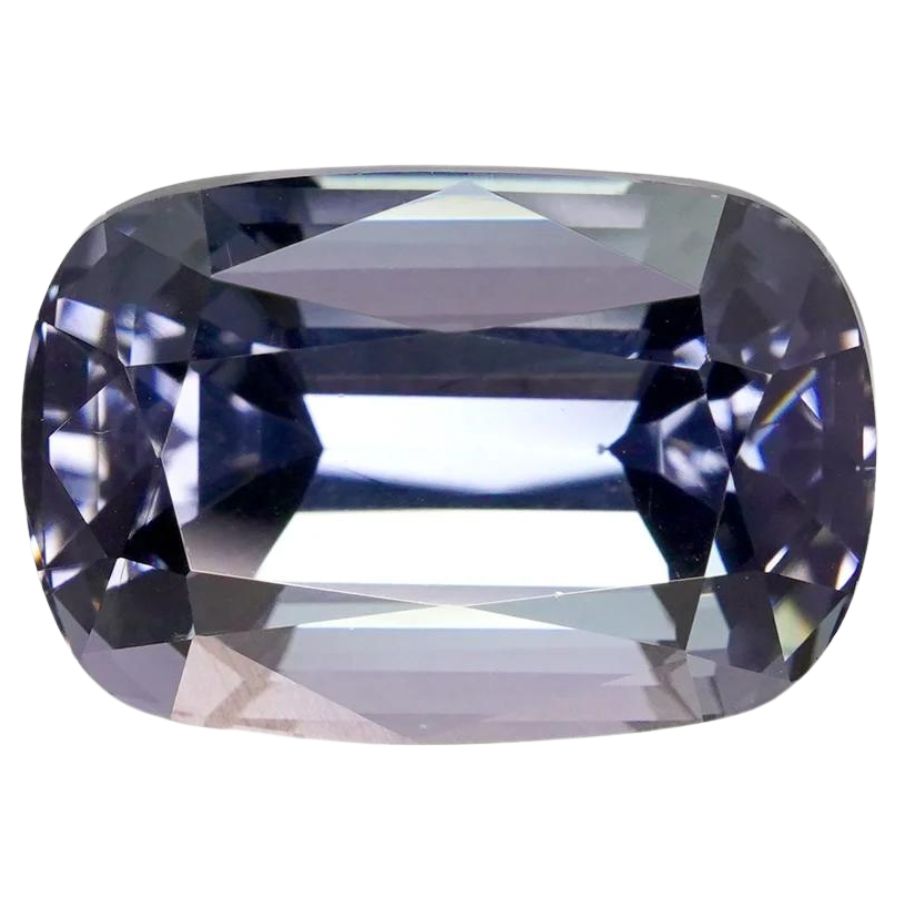
Maxixe is a rare and intriguing type of beryl, made up of elements like beryllium, aluminum, silicon, and oxygen. It stands out among other beryl types due to its unique coloring and properties.
Maxixe is known for its deep blue to violet color, which can be quite striking. However, this blue color can fade to a lighter shade when exposed to sunlight, which is a distinctive characteristic of maxixe.
Fortunately, the color of maxixe can be restored through irradiation after it has faded. This reversible color change makes maxixe a fascinating gemstone to own and observe.
Where you can find maxixe
Maxixe is primarily found in Brazil. This rare type of beryl was first discovered in the state of Minas Gerais.

